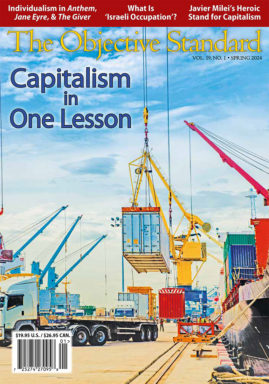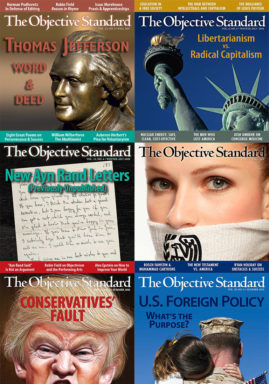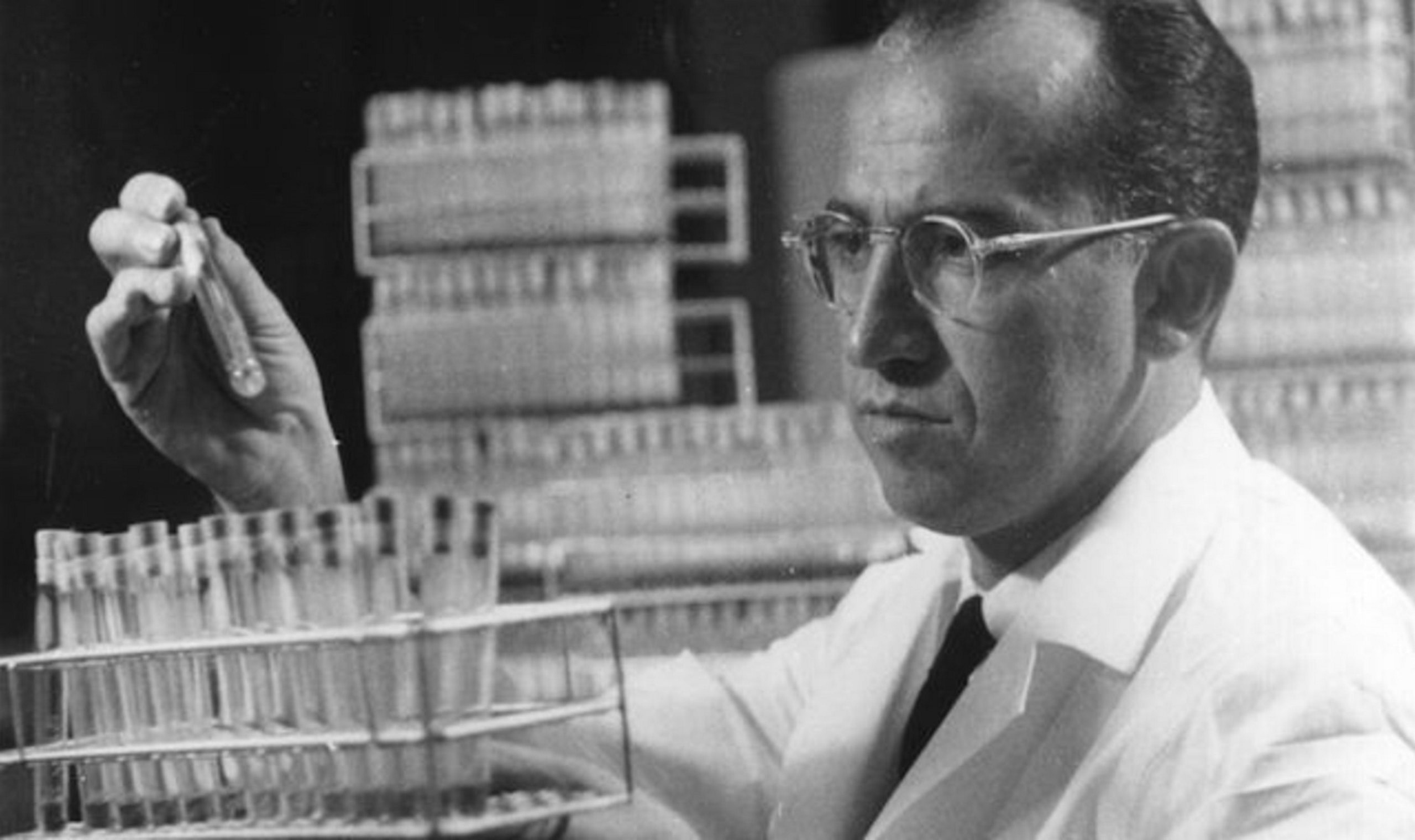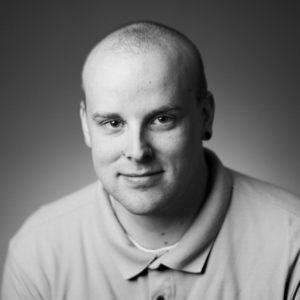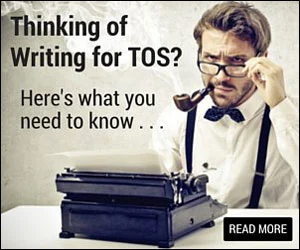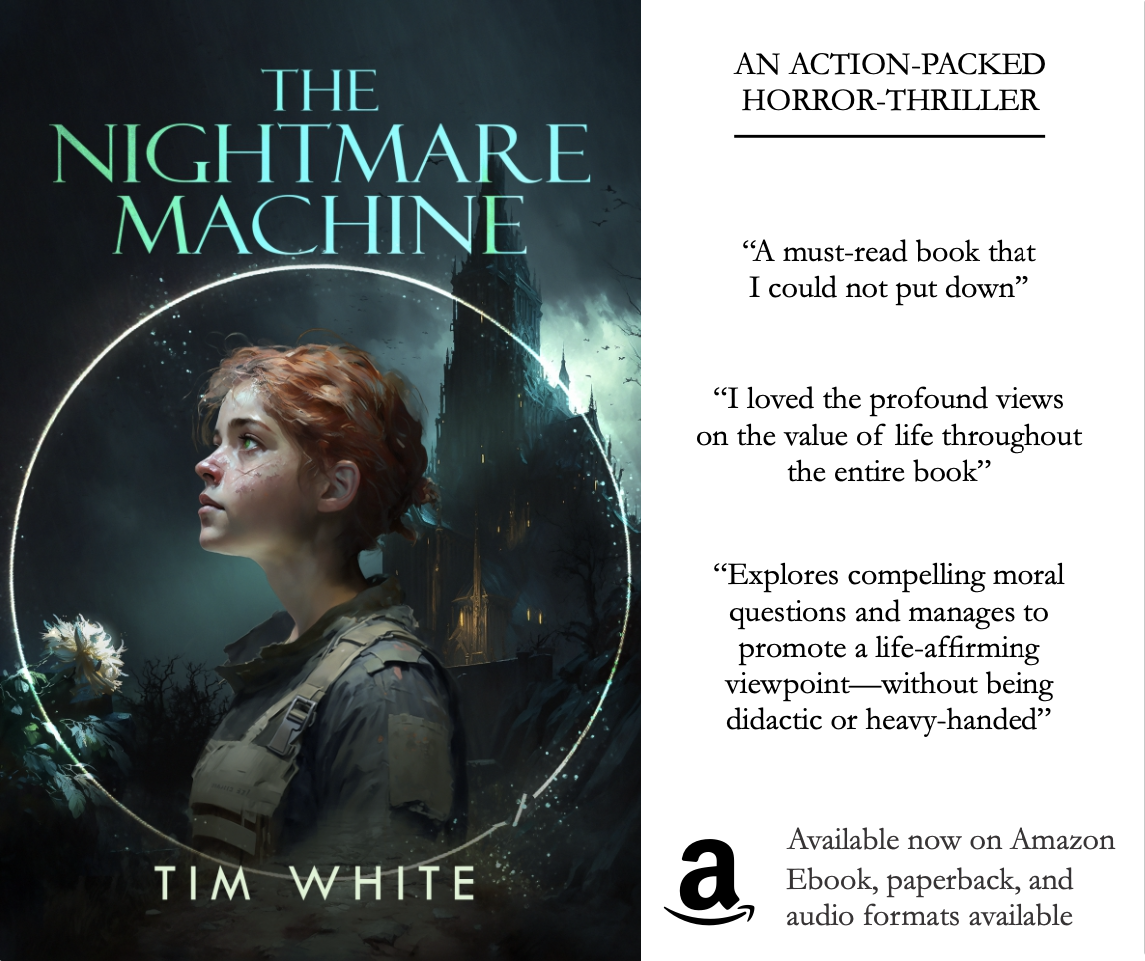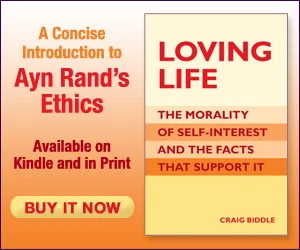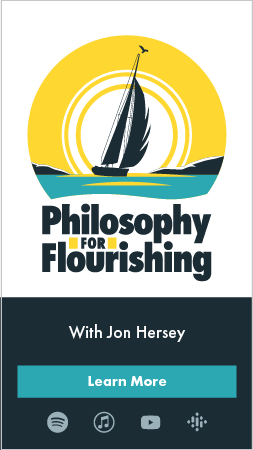Polio (aka poliomyelitis or infantile paralysis) is a horrific disease. Even though 99.5 percent of those infected exhibit no or minor symptoms, they are nonetheless contagious for up to several months until the body eliminates the virus naturally. The remaining 0.5 percent of those infected—a number that includes tens of millions of people throughout recorded history—either become permanently paralyzed or die.1
The first documented outbreaks of polio occurred in the late 19th century, but they were irregular and geographically inconsistent.2 By the 1940s and 1950s, however, the disease killed more than five hundred thousand people worldwide each year.3 In the United States, comparatively minor polio outbreaks were an annual occurrence from the mid-1910s onward, but in 1943, the yearly totals—for the first time—exceeded ten thousand new cases and one thousand deaths. With each subsequent year, these numbers continued to rise.4
 In 1947, Jonas Salk—a medical researcher who, alongside his mentor, Dr. Thomas Francis Jr., had developed the first highly effective influenza vaccine—made it his personal mission to eradicate polio. He established a virology research laboratory at the University of Pittsburgh and began publishing papers on a variety of epidemiology topics, including polio. Before long, the National Foundation for Infantile Paralysis (NFIP, now known as the March of Dimes) noticed his work and asked him to isolate, identify, and study different variants of the virus, a process known in virology as “typing.”5
In 1947, Jonas Salk—a medical researcher who, alongside his mentor, Dr. Thomas Francis Jr., had developed the first highly effective influenza vaccine—made it his personal mission to eradicate polio. He established a virology research laboratory at the University of Pittsburgh and began publishing papers on a variety of epidemiology topics, including polio. Before long, the National Foundation for Infantile Paralysis (NFIP, now known as the March of Dimes) noticed his work and asked him to isolate, identify, and study different variants of the virus, a process known in virology as “typing.”5
Salk’s influenza vaccine had included dead strains of the virus, which enabled recipients’ immune systems to develop antibodies without having to fight the live disease. By the time he completed his polio typing project in 1951, Salk was convinced that a similar strategy would be effective against polio. Initially, he faced serious opposition from his peers, most of whom believed that a live vaccine could be developed more quickly—and thus save more lives. Doctors understood the risks of injecting people with weakened strains of polio—namely, a low but nonzero chance of infecting them with the disease. But such vaccines were based on well-established theory, whereas inactive vaccines were not.
In fact, by the time Salk began working on an inactive polio vaccine, Albert Sabin was already developing a live one. Largely because of their disagreements over this issue, Salk and Sabin repudiated one another—cordially at first, but with greater intensity as time went on. Although, reportedly, both were partly motivated by a desire to prove the other wrong, they shared a sincere and fervent desire to end the widespread suffering caused by polio as soon as possible.6
In 1954, Salk completed his prototype vaccine. By that time, polio had infected 130,000 Americans and killed another 6,000 in the prior three years alone.7 Because polio disproportionately afflicts children, parents across the country were living in a near-constant state of panic and were desperate for a vaccine.
To allay concerns about his objectivity, Salk agreed to have his mentor, Dr. Francis, supervise the field trials. They were worried about the difficulty of raising funds in time to head off the next seasonal polio outbreak, but by spring of 1954, NFIP had solicited more than enough money in private donations to finance the entire study.8 The Food and Drug Administration, by and large, didn’t interfere with Salk’s efforts to expedite the trial—likely because the bureaucrats knew better than to incur the wrath of millions of parents by delaying potentially life-saving treatment for their children.
Nearly two million children participated in what would become the largest controlled medical study in history, a status it maintained until 2013.9 Salk’s polio vaccine trials also marked the creation of the still-used double-blind study method, in which neither patients nor researchers know whether the real drug or a placebo has been administered. More than three hundred thousand doctors, nurses, and administrators volunteered to conduct the trials, which makes it still the single largest peacetime mobilization of volunteers in American history.10 Approximately six hundred thousand children received Salk’s vaccine during the spring and into the summer of 1954, while another 1.2 million received either a placebo or no injections at all. Because polio epidemics were largely seasonal, parents waited anxiously for a full year to see whether the vaccine would protect their children from the disease.
In 1955, Salk’s vaccine was widely regarded as a resounding success. Instances of new polio cases fell precipitously, decreasing by approximately 26 percent, 46 percent, and 66 percent year over year for the next three years.11 The vaccine was 80 to 90 percent effective at preventing polio and carried no significant side effects.12 Parents across the country breathed a collective but cautious sigh of relief; the threat posed by polio had been significantly reduced, but not yet eliminated.
Meanwhile, Sabin had completed his live vaccine and was ready to field-test it by 1956, but in light of the massive success of Salk’s vaccine, he was having difficulty getting funding. His legitimate criticisms of Salk’s vaccine—that, to be fully effective, it required three painful injections over the course of three months and was significantly more expensive to produce and distribute than his own single-dose oral vaccine—fell largely on deaf ears within the United States.
In 1957, the Soviet Union’s Ministry of Health—which was failing to respond effectively to polio outbreaks among its one hundred million citizens—was impressed by Sabin’s significantly cheaper vaccine and agreed to fund a massive field trial within its borders. Over the following three years, millions of people were inoculated successfully and painlessly with Sabin’s live vaccine.13 New polio cases in the Soviet Union declined just as rapidly as they had in the United States, although Sabin’s vaccine did infect a small number of people in other countries with polio.
American pharmaceuticals manufacturer Pfizer caught wind of Sabin’s incredible success overseas and, in 1959, entered into an agreement with him to manufacture and distribute his live vaccine. Due to its significantly lower cost and ease of administration, it quickly replaced Salk’s vaccine in most of the world—except for America. Americans preferred Salk’s vaccine, which could not infect patients with the disease and, as a result, could more effectively ensure its eradication. Between 1999 and 2009, American doctors conducted a study that re-evaluated the effectiveness of both vaccines. The study concluded that whereas Sabin’s vaccine is superior for immunizing large numbers of people in developing countries, Salk’s vaccine is better for permanently eradicating the last traces of polio because it can’t possibly lead to new outbreaks.14
Salk and Sabin never worked side-by-side, but their combined efforts have made possible a world in which almost no one is paralyzed or killed by polio. In fact, thanks to them, the disease is nearing extinction. Although they never set aside their differences, today we can see that Salk and Sabin had much in common: Both were—and remain—towering heroes of medicine.
Click To Tweet
You might also like
Endnotes
1. Jennifer Hamborsky, Andrew Kroger, and Charles Wolfe, Epidemiology and Prevention of Vaccine-Preventable Diseases (Washington, DC: Public Health Foundation, 2015), ch. 18.
2. Barry Trevelyan, Matthew Smallman-Raynor, and Andrew D. Cliff, “The Spatial Dynamics of Poliomyelitis in the United States: From Epidemic Emergence to Vaccine-Induced Retreat, 1910–1971,” Annals of the Association of American Geographers, vol. 95, no. 2, (2005):, 269–293.
3. Canadian International Immunization Initiative. “What is Polio?” Archived September 29, 2007. Accessed April 22, 2019.
4. Sophie Ochmann and Max Roser, “Polio,” Our World In Data, 2017, https://ourworldindata.org/polio.
5. “Jonas Salk and Albert Bruce Sabin,” Science History Institute, January 8, 2017, https://www.sciencehistory.org/historical-profile/jonas-salk-and-albert-bruce-sabin.
6. Kevin Loughlin, “Salk and Sabin: The Disease, the Rivalry and the Vaccine,” Hekoten International, vol. 10, no. 3, (Summer 2018), https://hekint.org/2018/01/30/salk-sabin-disease-rivalry-vaccine/.
7. Ochmann and Roser, “Polio.”
8. Dennis Thompson, “The Salk Polio Vaccine: ‘Greatest Public Health Experiment in History,’” Consumer Healthday, December 2, 2014, https://consumer.healthday.com/kids-health-information-23/kids-ailments-health-news-434/the-salk-polio-vaccine-greatest-public-health-experiment-in-history-691915.html.
9. Shally Awasthi et al., “Vitamin A Supplementation Every 6 Months with Retinol in 1 Million Pre-School Children in North India,” Lancet 381, no. 9876 (Spring 2013): 1469–77.
10. Thompson, “The Salk Polio Vaccine.”
11. Ochmann and Roser, “Polio.”
12. Thompson, “The Salk Polio Vaccine.”
13. Vincent Racaniello, “Why Do We Still Use Sabin Poliovirus Vaccine?,” Virology Blog, September 10, 2015, http://www.virology.ws/2015/09/10/why-do-we-still-use-sabin-poliovirus-vaccine/; Science History Institute, “Jonas Salk and Albert Bruce Sabin.”
14. Science History Institute, “Jonas Salk and Albert Bruce Sabin.”
